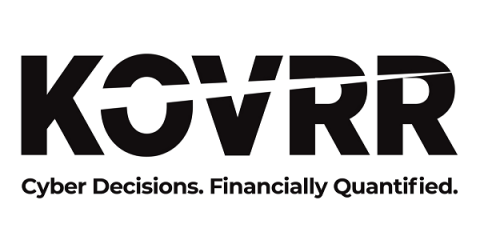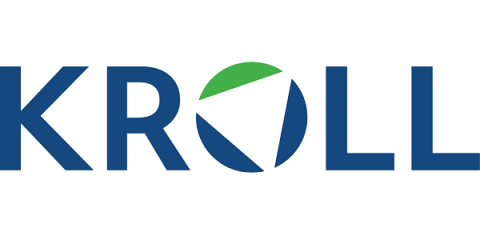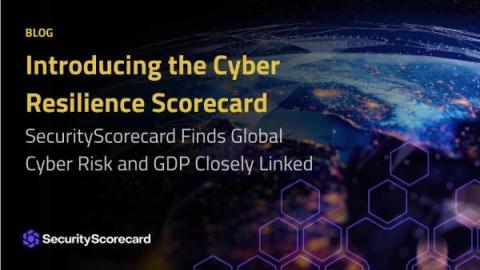Security | Threat Detection | Cyberattacks | DevSecOps | Compliance
Latest News
Machine Learning in Action - An In-Depth Look at Identifying Operating Systems Through a TCP/IP Based Model
In the previous post, we’ve discussed how passive OS identification can be done based on different network protocols. We’ve also used the OSI model to categorize the different indicators and prioritize them based on reliability and granularity. In this post, we will focus on the network and transport layers and introduce a machine learning OS identification model based on TCP/IP header values.
New in Vanta | January 2024
We closed out 2023 by rolling out more enhancements to the Vanta platform, including Updates to Automated Tests, 8 new integrations, GDPR with EU-US Data Privacy Framework, and more:
Two Zero-Day Vulnerabilities Impacting Ivanti Connect Secure and Policy Secure Gateways
Note: These vulnerabilities remain under active exploitation, and Kroll experts are investigating. If further details are uncovered by our team, updates will be made to the Kroll Cyber Risk blog. Two zero-day vulnerabilities have been discovered in Ivanti Connect Secure (ICS), formerly known as Pulse Connect Secure and Ivanti Policy Secure gateways.
Expert Insight for Securing Your Critical Infrastructure
Critical flaw found in WordPress plugin used on over 300,000 websites
What Is Cyber Extortion?
Cyber extortion is a category of cybercrime that involves digitally threatening or coercing someone to do something against their will. Cyber extortion typically disables an organization’s operations or exposes an entity’s valuable assets such as confidential data, intellectual property or infrastructure systems. A cybercriminal will then threaten organizations or individuals to pay a ransom to prevent further cyber attacks or regain access to their sensitive files or operations.
Australia's Six Cyber Shields and One Strategy to Rule Them All
Analysis of Phishing Emails Shows High Likelihood They Were Written By AI
It’s no longer theoretical; phishing attacks and email scams are leveraging AI-generated content based on testing with anti-AI content solutions. I’ve been telling you since the advent of ChatGPT’s public availability that we’d see AI’s misuse to craft compelling and business-level email content.
Introducing the Cyber Resilience Scorecard
This week at the World Economic Forum Annual Meeting, SecurityScorecard published the first Cyber Resilience Scorecard, offering leaders and decision-makers a comprehensive and global view of global cyber risk. SecurityScorecard identified a strong correlation between a country’s cyber risk exposure and GDP, which underscores that a nation’s economic prosperity is deeply intertwined with its ability to navigate the complex landscape of cyber threats.










